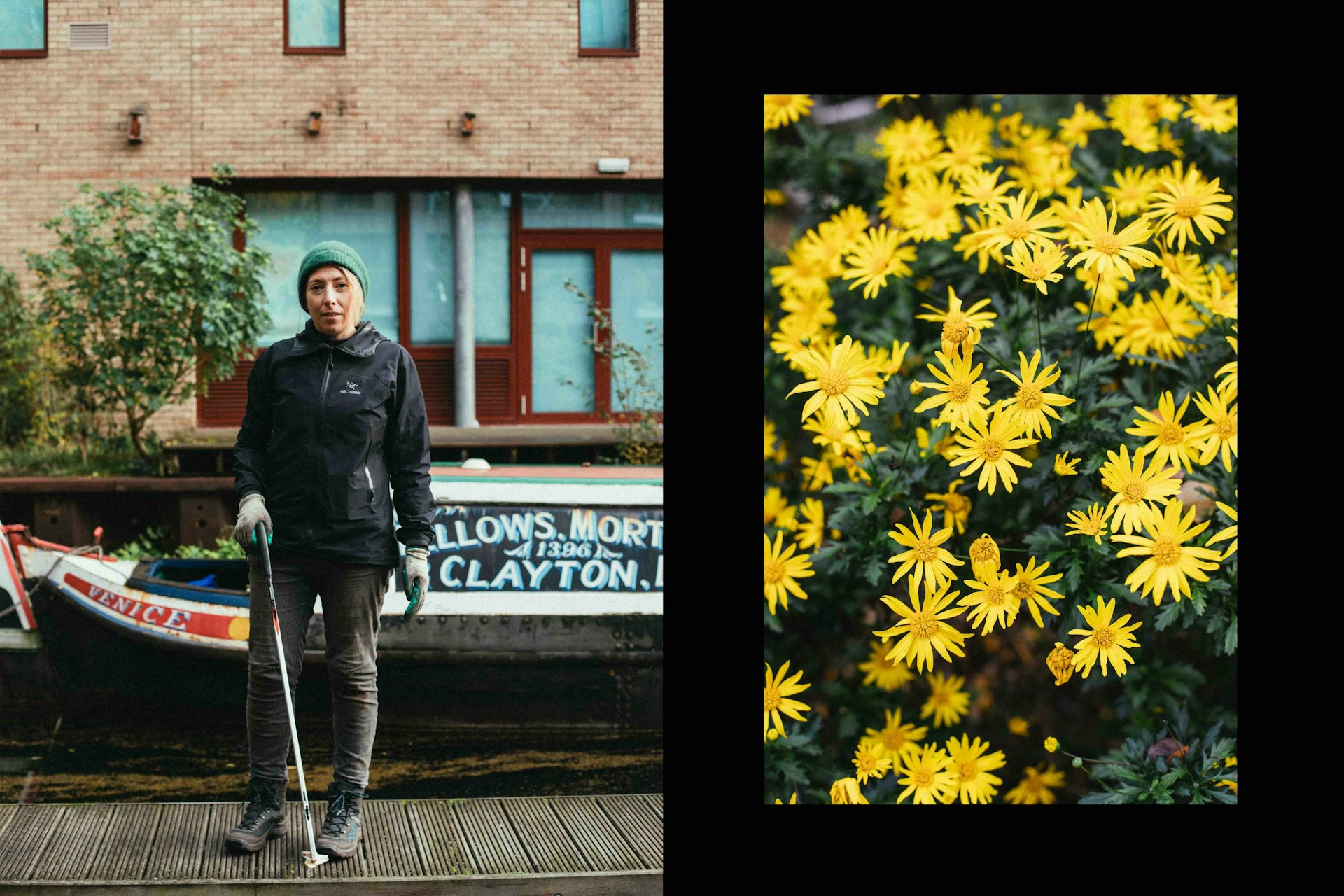
Force of nature: the battle to save London’s green spaces
- Text by Jessica Furseth
- Photography by Theo McInnes
There’s a sudden flourish of greenery where the Regent’s Canal passes through Haggerston – specifically, where it stretches out from Kingsland Road, past the basin and towards the Towpath Café. It looks organic but it’s not – this is the work of Regent’s Canal Living Waterway. Did they have permission to plant along the water? Kind of, but not really. But if you put on a high-vis vest, grab a shovel and go plant some stuff, chances are that no one will stop you.
Urban gardening is an act of resistance. London’s a pretty leafy city, generally speaking, as 47 per cent of the greater urban area is green. But it’s unevenly distributed, and for inner-city Londoners, even small patches of plants and flowers are valuable for adding a moment of calm in a concrete environment. This isn’t just something that’s nice to have: London’s public parks and gardens provide services valued at an incredible £5 billion per year, according to a report by the Greater London Authority that looked at everything from air quality and biodiversity, to recreation and mental health.
But as London’s population is set to reach 9.54 million by 2026 – a nine per cent increase over 10 years – the pressure is on to optimise every block. So to find room for new green lungs in the city, and to keep our existing ones from being built over, is a constant struggle. “City green space is under pressure – financial, political and developmental pressures – given that London is in a significant period of growth,” says Mathew Frith, Director of Conservation at the London Wildlife Trust. “Therefore land becomes precious and vulnerable to those with the power and the resources to influence it.”
Sometimes, a whole new garden starts with a single act. When Gideon Corby and Esther Adelman moved into one of the newbuilds on the Kingsland Basin in 2012, they saw that ivy and honeysuckle were just trailing along the flowerbeds, so they put up some wire so the plants could climb. Today, the couple run Regent’s Canal Living Waterway, which works to promote plant and animal life in the basin and the adjacent section of the Regent’s Canal. “We just did a bit of gardening, and then we did some more, and people weren’t stopping us,” Corby tells me as we’re having coffee outside a restaurant on the basin. “We started doing it kind of surreptitiously.”
It’s a picturesque spot with lush greenery growing along the water: “There used to be this terrible algae here, and it was pretty stinky. We wouldn’t have been able to sit here before,” says Adelman, before pointing out a flock of endangered sparrows as they fly overhead – they’re nesting in the trees behind us.
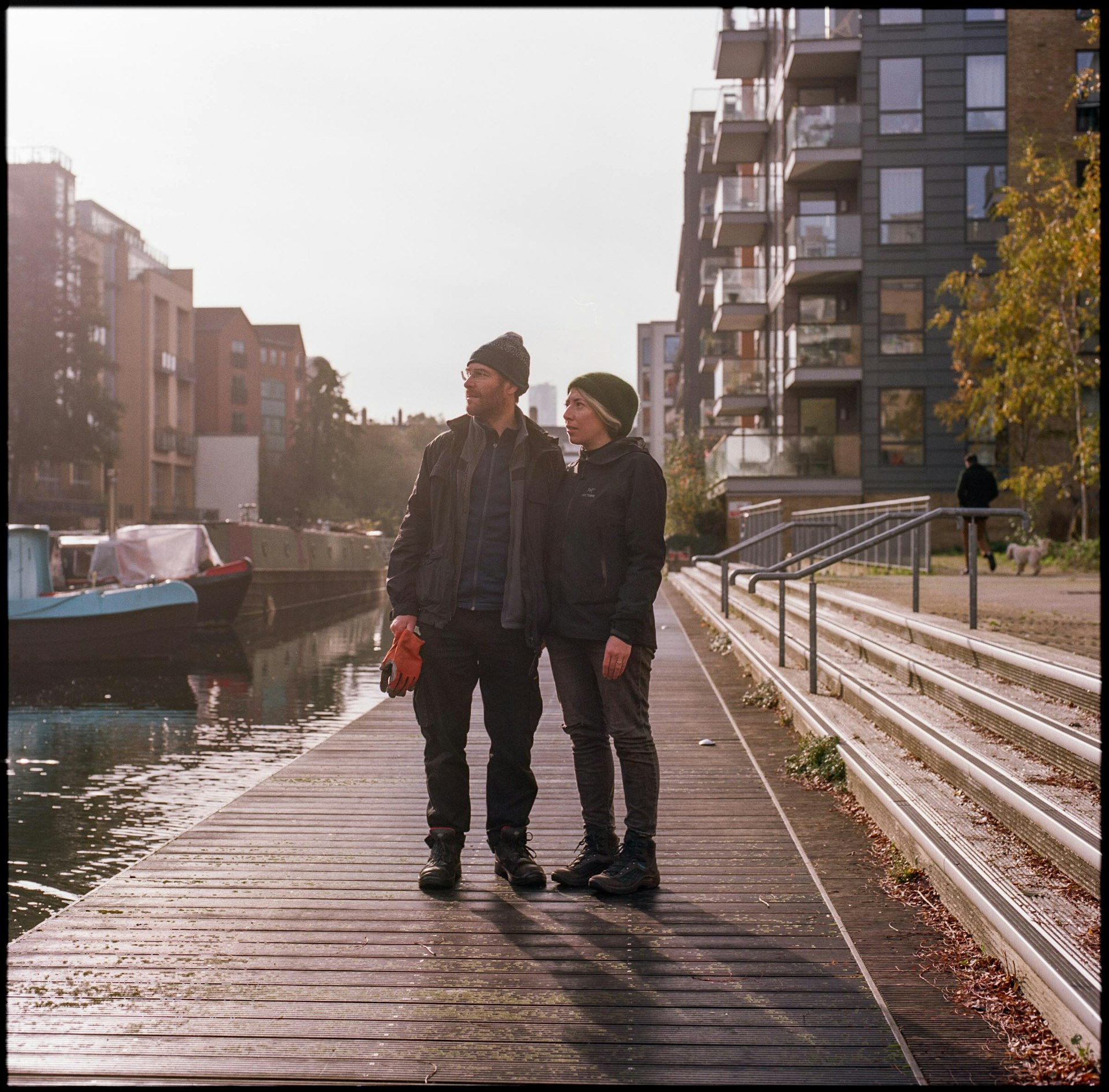
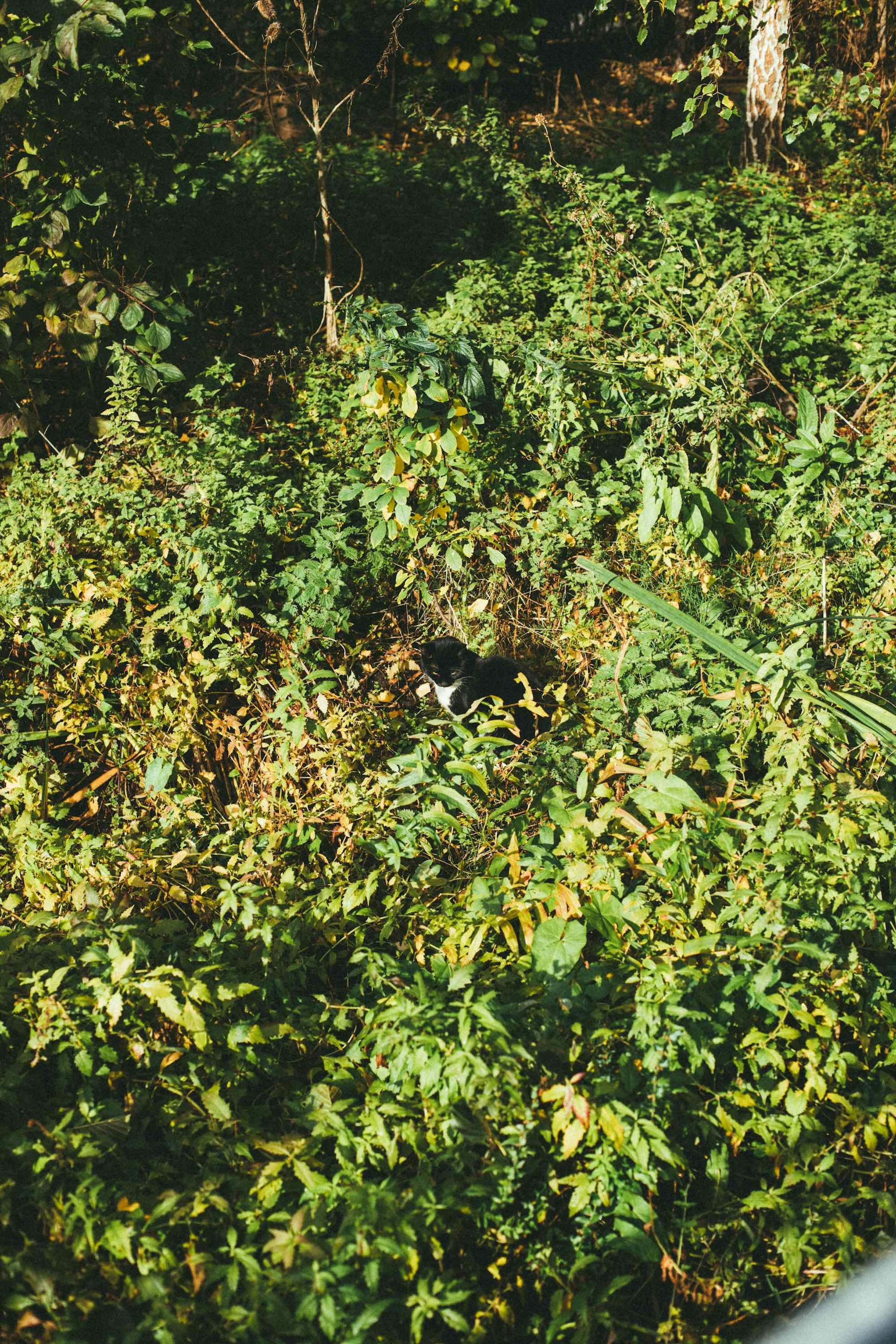
It is still very much a bootstrap operation – an “obsession”, really. Corby and Adelman, whose backgrounds are in ecology and permaculture respectively, grow seedlings on their balcony, and collect coffee sacks and old Christmas trees to use as substrates for planting in water. After their guerilla-style start, they now have permission, more or less, from the Canal & River Trust. “All the planting has made such a massive difference,” says Adelman. “We have lots more nesting birds now… We’ve got four different types of bat, we used to think there was just one. In spite of all the development, things have really improved.”
But there are constant threats: the Travis Perkins yard overlooking the basin is next up for demolition, and the planned newbuild would threaten the local bat population. This is one of just two basins in Hackney that have breeding fish: “This new [building] would stop the light striking the water in spring when the fish spawn,” says Adelman, hence disrupting the delicate ecosystem.
London has always had open communal space. In Clapham, Wimbledon and Ealing they’re literally called Commons (and London Fields is one in all but name) for their tradition as a site where commonfolk could graze animals. But this isn’t just about taking some air: “commoning” is an expression of community. “Rather than a resource, the commons is a process, a set of social relations by which a group of people share responsibility for a garden or even the governance of their neighbourhood,” journalist Justin McGuirk wrote in The Guardian.
A garden is a place that can’t be optimised for productivity, which may be why there’s always a fight going on somewhere in London to save a green patch from being covered in concrete. In Hackney, Dalston Curve, Cordwainers Grow, and Daubeney Fields have been vocal against development pressure. But one of the loudest campaigns in recent years has been to save the Old Tidemill Wildlife Garden in Deptford, where owners Lewisham Council are planning to build flats. The garden is a vital community asset, but London needs more housing and at least in the case of Deptford, half of the 209 new flats will be social housing. It can be a tricky dilemma – and often, nature loses.

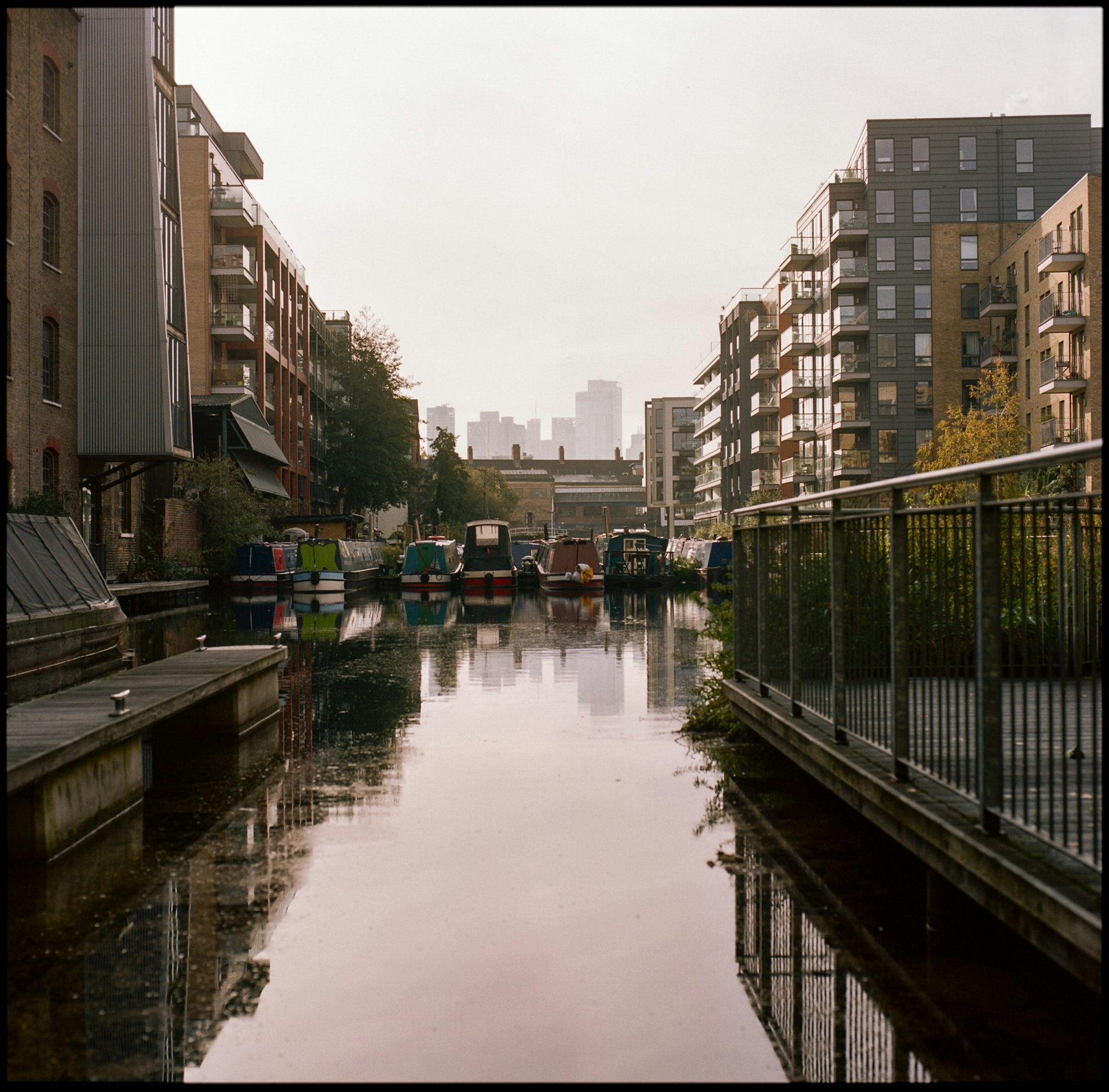
But not always. In St Giles, a slice of the city located between Soho and Covent Garden, is a one-block urban greenspace called the Phoenix Garden. It’s a spot popular with office workers at lunchtime, who may not be aware that this is the last of the seven community gardens once sitting atop WWII bomb-sites. The others – the Japanese Garden, the Water Garden, the Chess Garden – are all gone, but the Phoenix is still here, against the odds. “They rose from the ashes, so to speak,” says local activist Jessica Skippon. “This will be the last garden.”
The seven community gardens weren’t supposed to be permanent – they were so-called meanwhile sites, squatting on open land. But if things had gone to plan after the Covent Garden fruit and vegetable market was moved to South London in 1974, this beloved inner-city neighbourhood would have been completely destroyed. “The people who lived here got radicalised,” says Skippon, as we meet during the annual Phoenix Garden Architectural Show and St Giles Fayre. Skippon is manning a booth selling embroidered baby shoes, but there are also plenty of fliers for current causes. She’s full of ire about how the redevelopment of Tottenham Court Road is sending traffic into cobblestoned Covent Garden. “Some of the people stayed radicalised, while others got rehoused and went quiet,” she says. “But it was a very radical area in the ’70s and the ’80s. It was lovely. It was really nice.”
Historically, Covent Garden was a vibrant and slightly seedy area inhabited by working class people. Most of the historic buildings would have been torn down under the development plans, and 82 per cent of the housing replaced with upmarket properties. At one point, the Covent Garden market building was scheduled to be demolished and the whole square turned into a conference centre, in a plan described by a Tory MP as “the most exciting comprehensive development scheme since the Great Fire of 1666”.
The fight for Covent Garden saw local residents organise and take on the Greater London Council, which at first was pretty hostile to their demands. Activists managed to appeal to people in power, resulting in the plan being rewritten so that it preserved the market, cancelled the extensive road network, and recognised the need for local services to support the community. The area had mostly independent shops in the ’80s: “We didn’t have a supermarket until 1986,” says Skippon, who’s currently campaigning against a new Tesco on her block.
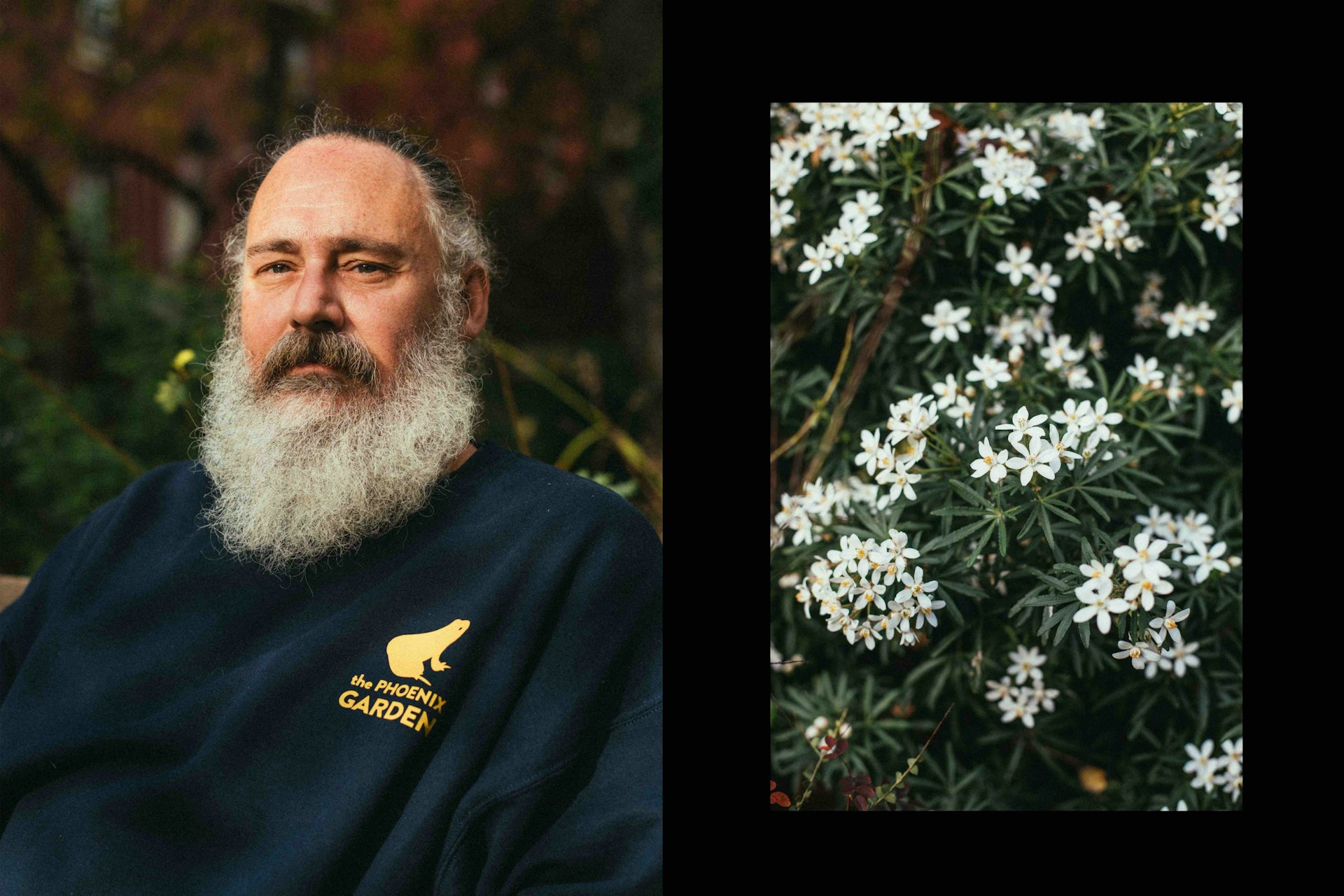
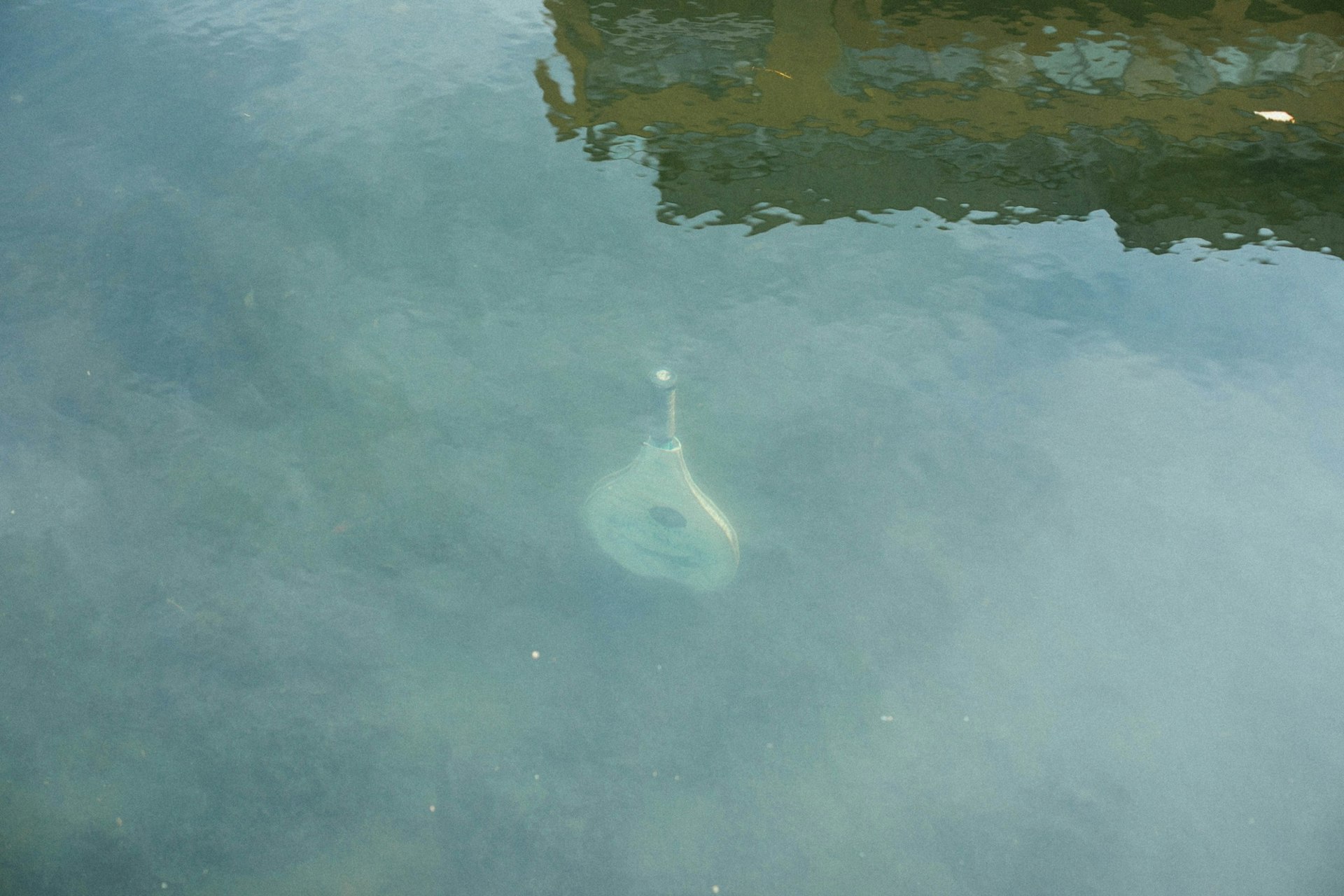
The Phoenix Garden was established in 1984 during the Covent Garden glory days. Chris Raeburn, the Phoenix’s gardener who’s been there for 17 years, is proud of the “naturalistic gardening” – if you sit down it feels pretty secluded, even if you can still hear the soft din of the city. The Phoenix Garden has just reopened after an 18-month refurbishment and is two years into a 20-year lease, meaning it’s secure, sort of – though urban greens like these are rarely 100 per cent safe. “Historically, the garden was well funded but then everything came at once: a rapid rise in street drug use, reduction in policing, and reduction in funding,” says Raeburn, who describes the rear section of the garden as once having been an “open-air shooting gallery [for drugs] and brothel”.
The Phoenix Garden is pretty family-friendly these days, but Raeburn says people don’t realise that not everyone in the West End is rich: “There’s a lot of social housing in Covent Garden, but then you have the top floor of the Centrepoint on the market for millions.” St Giles has traditionally been socially deprived, and Raeburn thinks the pressure is increasing: “The need for green spaces is what drives the community garden, as well as the coming together and the positivity of working together on a shared project in the outdoors. That’s become increasingly important as the area is changing so rapidly.”
While Covent Garden has slowly changed since the ’80s, it’s a story that illustrates that London isn’t the way it is due to good or bad fortune, but due to planning and protest. Skippon’s description of this locally focused, artistic neighbourhood is reminiscent of Hackney Wick – another bohemian place without chain shops facing the onslaught of redevelopment. Naively, I ask Skippon if it was easier back then – they won, after all – and she shakes her head: “No, it wasn’t. It was always hard.” If you think things were better before, it’s because you haven’t done your homework.
Greenery is good for us. Research shows that living in a leafy urban area reduces the risk of depression and anxiety. Working with others towards a common goal, such as taking care of plants or a vegetable patch, creates community, or just being outside for a bit and watching the birds or frogs is positive for bringing about a different state of mind. “It creates a sense of flow,” says Amber Alferoff, London Project Officer at Social Farms & Gardens, a support charity. “You find yourself in the most gorgeous places with the most lovely people instead of a concrete walkway. There’s always a secret green place in London that’s just waiting to be found.”
Part of the work by Social Farms & Gardens is to ensure that people “really understand that you’re not just a cutesy garden group, but you’ve really got a strong impact,” says Alferoff. Funding is often a challenge: there are grants available but often, gardens or city farms will have permission to exist but no official lease. Alferoff is keen to stress the societal value of London’s green spaces, especially in light of government cuts to mental health services. In some cases, gardens have found themselves having to perform services they may be unprepared for: “There are people who would have had mental health support in the past, but who aren’t getting it anymore. So when they arrive at community gardens, that’s not necessarily a formal support system that is [trained to help] them.” Everyone is always welcome, Alferoff adds, but often, gardens aren’t properly compensated to provide these services.
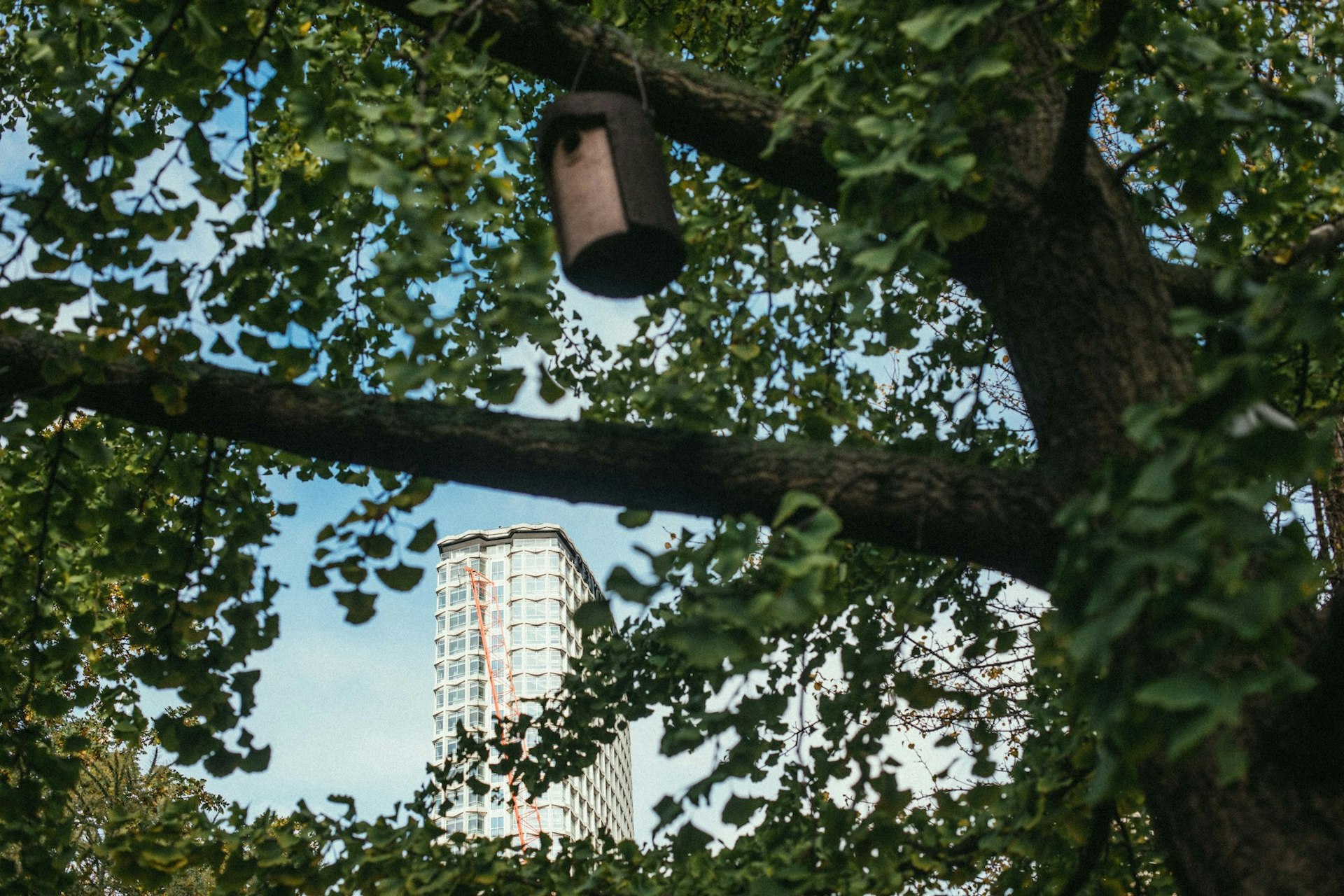
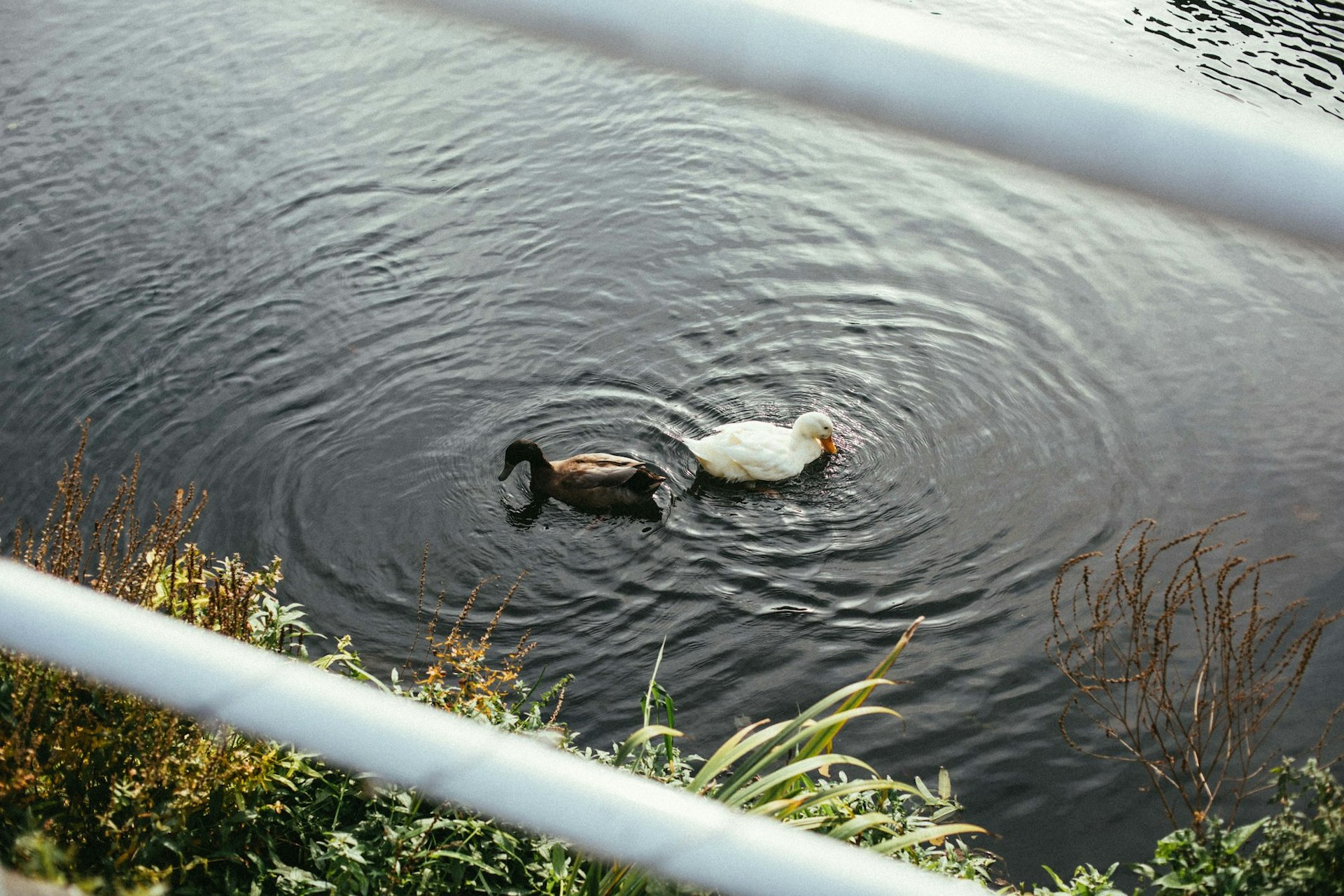
Wildlife is often highlighted as the reason why we should have more greenery – and the loss of private garden space has certainly contributed to an alarming decline in the bee population. But often, the primary animal that benefits from urban gardens is humans. Mathew Frith, Director of Conservation at the London Wildlife Trust, which manages 37 nature reserves across London, thinks the value to biodiversity can be overstated: “For us, it’s about people’s connection with the natural world, whether that’s by the very act of gardening such as caring for plants or growing, or to be able to see the softenings of the city’s grey infrastructure.”
There’s goodwill to protect and promote London’s green spaces, at least as a whole. Mayor Sadiq Khan has made a commitment to increase the amount of total London green space to over 50 per cent by 2050. That sounds like a lot, but the uncertainty is in the details: “Dare I say it, the ‘easy way’ to reach that target is through green routes. [These can be] a good thing, but they’re a last resort,” says Frith, referring to green spaces on roofs and other places where they’re far less accessible. “Losing green spaces at ground level is far more damaging to people, and I would argue, to a lot of wildlife.”
This is why activism will still be vital to determine the fate of individual green spaces in the future too. Campaigners have sometimes succeeded in turning temporary green spaces (like the Phoenix Garden) to become permanent – Frith points to the defiantly-named Meanwhile Gardens, close to Grenfell Tower in North Kensington, which came about in 1976 after the local community took over an unused lot. “They created one of London’s first skateparks and it’s still there. Mind, the mental wellbeing charity, have a therapy garden there as well, right by the canal,” says Frith. “There have always been these little flourishes of activity, and some of these spaces survive. Recently we’ve seen more lighter-touch guerilla gardening, like at the Elephant and Castle roundabout and in the Kingsland Basin.”
Frith thinks there’s an increasing public appetite for more green space, a cause closely connected to the climate crisis. “I believe the community garden movement is an expression of people wanting to see changes to their city,” he says. “It’s [a wish for] a London that’s a lot greener, slower in terms of how we live our lives, and a healthier city where people have green space close to where they live, work and play.”
Sometimes, leaning into the temporary is the best way to create the green space the inner-city needs. The Skip Garden has been moving around the King’s Cross redevelopment site for 10 years – everything was planted in movable skips. Local kids would come along on a Friday night to cook a meal – I visit just before the garden closed on 26th October to find rows of small children transfixed by their tasks: kneading dough, shredding green leaves, and measuring out miso paste in neat spoonfuls. “Are we going to eat this?” asks a girl with a long black ponytail as she chops mushrooms. Yes, she’s cheerfully told, “This is dinner!” If you’ve ever tried to feed an eight-year-old you might find the menu ambitious: miso-roasted mushrooms, caesar dressing, greens from the gardens, pitta bread, and pear-chocolate frangipane tart. Giorgia Lauri, who runs the cooking programme, laughs when I ask her how the kids respond to foods that aren’t nuggets: “Some of them were a bit fussy about mushroom, but we always insist for them to try everything.” I watched Lauri oversee the dressing, telling the fascinated kids to taste everything from lemon to capers before putting it in. “They loved that dressing!” she says. “It was probably the one thing they liked the most.”
Kids and young people have always been at the heart of the Skip Garden: “They learn about gardening, cooking, eating together, creating, designing, carpentry – generally creating things,” says Nicole Van den Eijnde, Director of Global Generation, the educational charity which oversaw the Skip Garden. ”It’s also been an opportunity for them to be involved in the changes in King’s Cross, and to be invited into these spaces where they might not otherwise feel comfortable going into.”
The Skip Garden is gone now, but it’s not over: locals to King’s Cross can enjoy a Global Generation site as the Story Garden behind the British Library will remain there until the end of 2020. This garden also has a community kitchen, an allotment and orchard. “The Skip Garden always had a meanwhile nature,” says Van den Eijnde. “Until the land gets developed we can use it, and involve the community.”


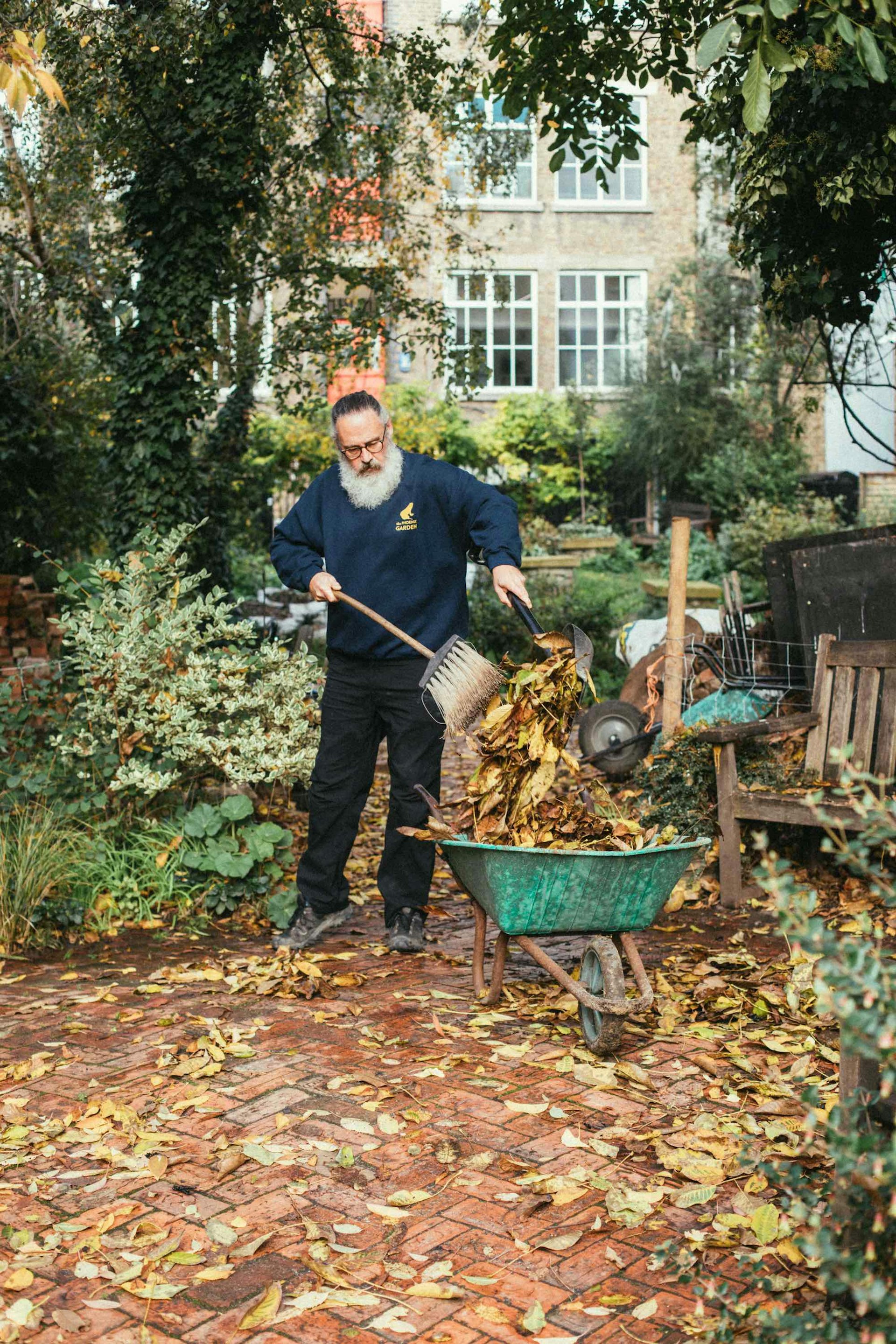

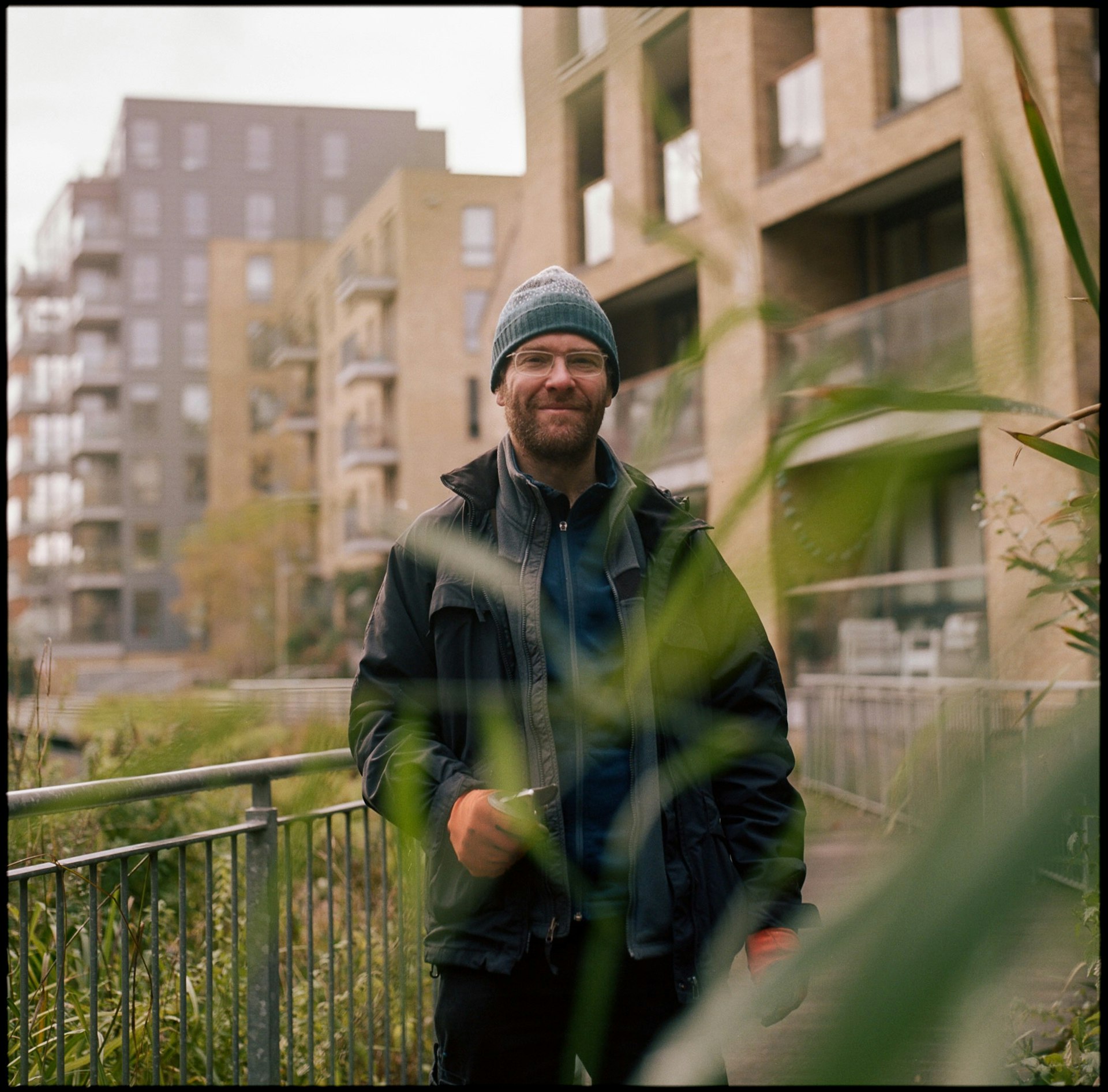

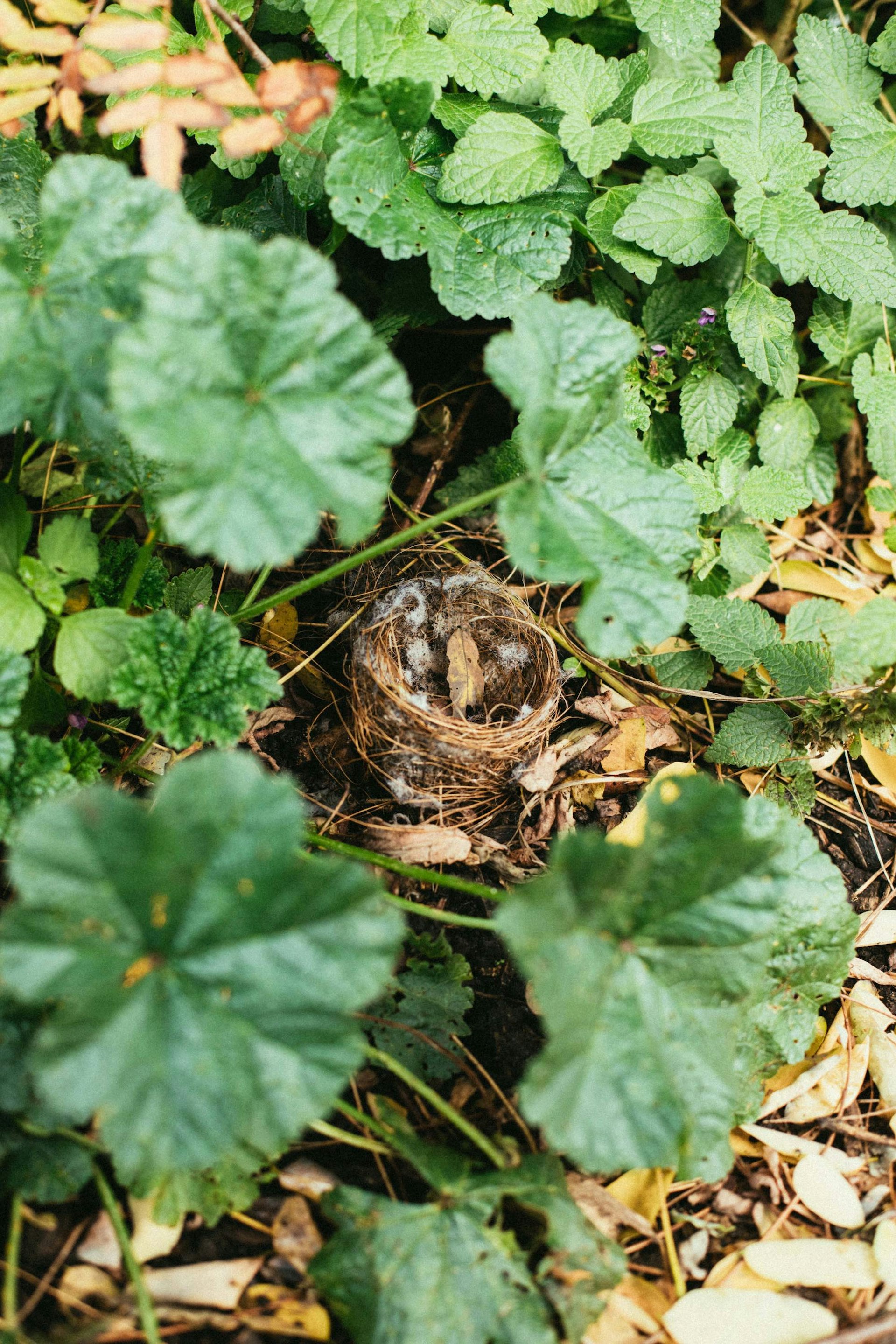
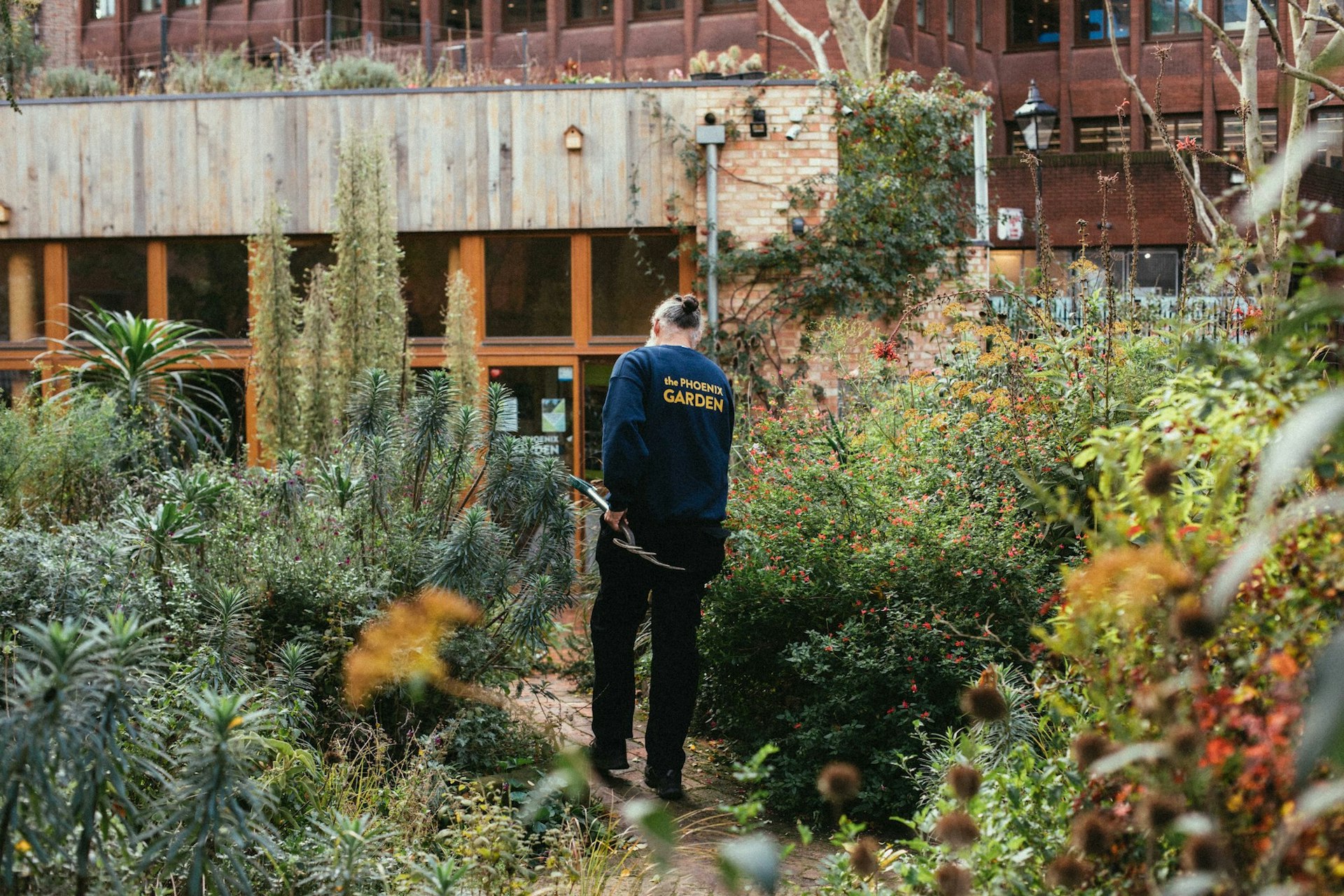
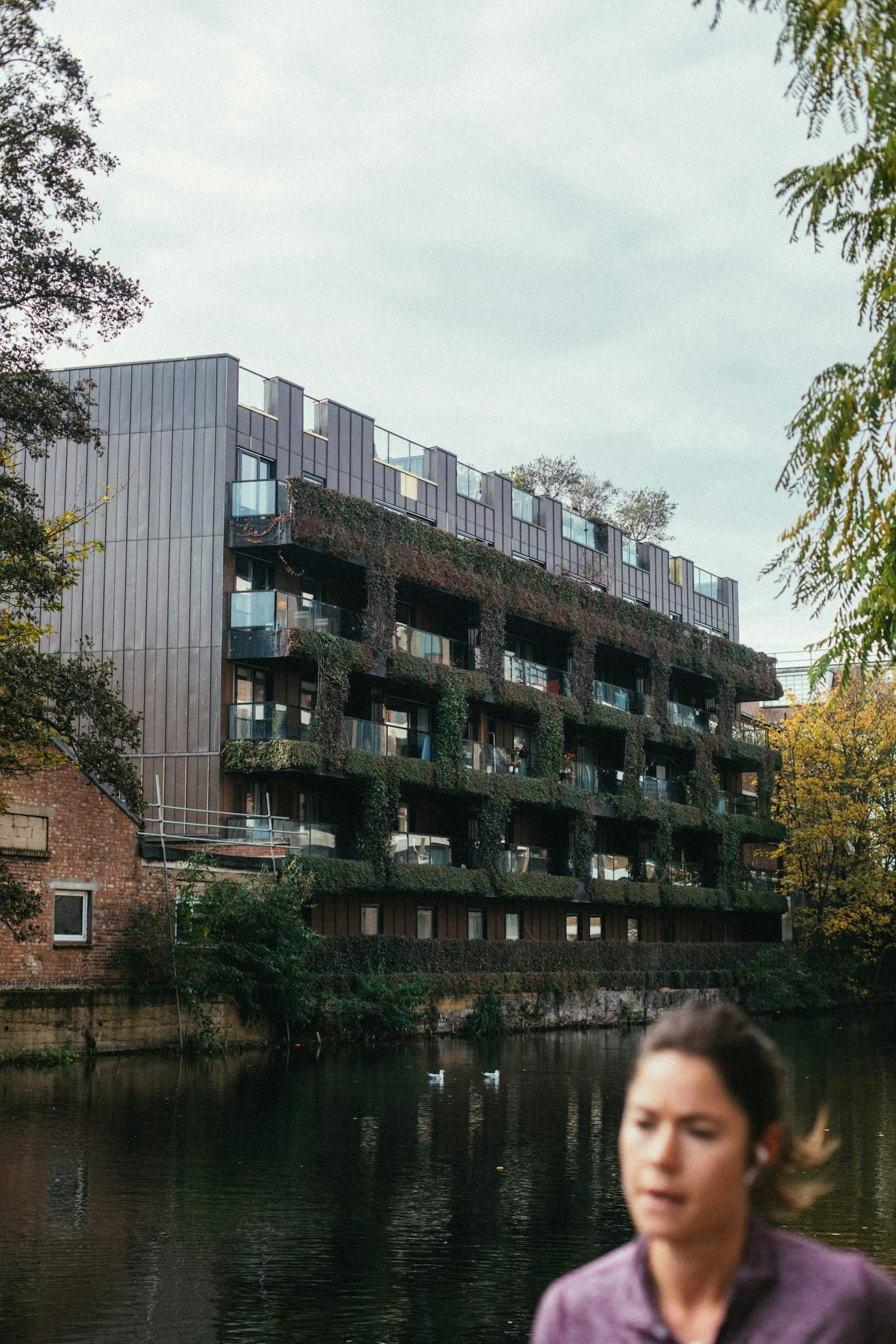
City farms and gardens need volunteers – to find one near you, have a look at the Social Farms & Gardens map. Or to volunteer across the city, contact the London Wildlife Trust.
For more on the battle for Covent Garden, here’s a great video from the Covent Garden Community Association and Westminster Archives.
‘The Disappearing City’ is a series about the changing urban landscapes of London. Previously: The lost freedom of East London’s strip pubs.
Follow Jessica Furseth on Twitter.
Enjoyed this article? Like Huck on Facebook or follow us on Twitter.
